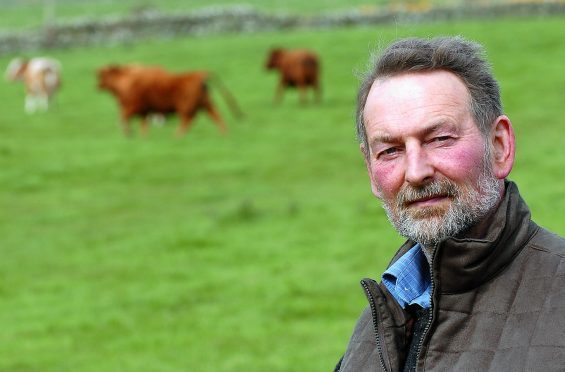Late autumn is traditionally a time of farmers’ meetings – harvest work is (usually) finished, feeding of cattle is just starting, winter is not yet under way and farmers have the time and the inclination to go out and discuss agricultural and political matters with each other.
This year there are a host of important issues to discuss, the most important of which is the uncertainty about the Brexit deal and how agriculture will fare after we leave the EU in just over a year’s time.
As well as Brexit, tenant farmers face additional uncertainty as the changes to tenancy law in the 2016 Land Reform Act are implemented over the next couple of years.
Many of the reforms have already been activated – the most significant being the new rules which permit a tenant to bequeath or assign his tenancy over to a much wider class of relatives and the much-publicised amnesty for tenants’ improvements allowing tenants to rectify defective paperwork which would otherwise have deprived them of receiving end of tenancy compensation for improvements made to the holding.
Unfortunately, due to the complexity of the tenancy system and the shortage of parliamentary time much of the legislation has been left to be completed under ministerial regulation and it will take many months before the rest of the changes will become active.
The most important of which is probably the move to change the basis on which rents are calculated.
In future, rather than basing rents on a market-driven system, rents will now be assessed on how much the holding is capable of producing.
This is a radical change and one which will take tenants some time to get accustomed to and will require homework to work out the productive capacity of the tenanted holding.
To do this the tenant must put himself in the position of a hypothetical tenant of average ability, farming the holding with the land, buildings, fences, etc, provided by the landlord.
This means disregarding all improvements made by the tenant during the course of the tenancy.
In effect this means calculating what the farm could produce if these improvements had never been made, the cardinal principle being that the tenant should not be expected to pay rent on improvements he has provided.
This move away from the traditional way of assessing farm rents will take some getting used to and the Scottish Tenant Farmers’ Association is in the middle of a round of meetings explaining these changes to members.
The new rent test is not yet finalised but tenants can make a start in getting ready for the new system which will probably kick-in in a year’s time.
The tenants’ amnesty, which is already under way, presents an ideal opportunity to identify improvements to the holding which can then be discounted when calculating the productivity of the farm managed by an imaginary tenant using only what had been provided by the landlord.
This is probably one of the most important bits of work tenants will ever undertake and professional help will be needed.
But the move away from a discredited market driven system, towards a “fair rent” reflecting changing economic circumstances and profitability will be welcome to all tenants.
It will prove to be an essential ingredient for coping with post- Brexit uncertainties.
Angus McCall farms at Culmaily Farm, near Golspie. He is an executive director at the Scottish Tenant Farmers’ Association










